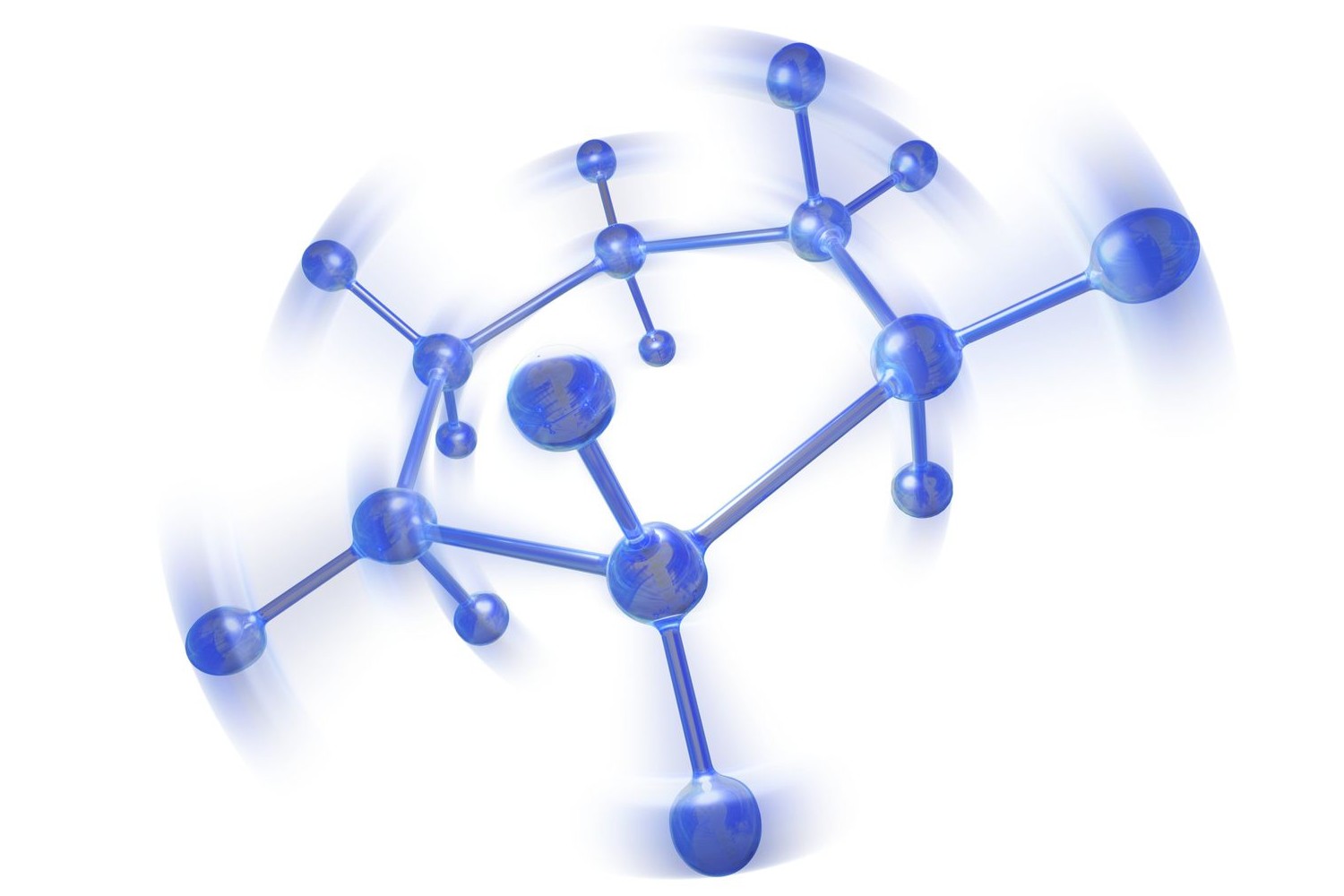
Van der Waals forces might sound like something out of a sci-fi movie, but they play a crucial role in our everyday lives. These forces are weak, short-range interactions between molecules, yet they are essential for many natural and technological processes. Why are Van der Waals forces important? They help geckos climb walls, influence the boiling points of liquids, and even affect how proteins fold in our bodies. Understanding these forces can shed light on everything from the behavior of gases to the development of new materials. Ready to dive into the fascinating world of Van der Waals forces? Let's explore 26 intriguing facts that will make you see the invisible glue holding our world together.
What Are Van der Waals Forces?
Van der Waals forces are weak, short-range forces that arise from interactions between molecules. These forces play a crucial role in various natural phenomena and technological applications. Let's dive into some fascinating facts about these forces.
-
Named after Dutch scientist Johannes Diderik van der Waals, who first described them in the late 19th century.
-
These forces are essential for the condensation of gases into liquids.
-
Van der Waals forces include attractions and repulsions between atoms, molecules, and surfaces.
Types of Van der Waals Forces
There are different types of Van der Waals forces, each with unique characteristics. Understanding these types helps in grasping their significance in various fields.
-
London Dispersion Forces: These are the weakest and arise from temporary dipoles in molecules.
-
Debye Forces: These occur between a permanent dipole and an induced dipole.
-
Keesom Forces: These are interactions between two permanent dipoles.
Importance in Nature
Van der Waals forces are not just theoretical concepts; they have practical implications in nature. They influence various biological and physical processes.
-
Gecko feet use Van der Waals forces to stick to surfaces, allowing them to climb walls effortlessly.
-
These forces help proteins fold into their functional shapes, crucial for biological activity.
-
They play a role in the formation of cell membranes, maintaining the structure and function of cells.
Applications in Technology
Van der Waals forces are harnessed in various technological applications, making them indispensable in modern science and engineering.
-
Nanotechnology relies on these forces to manipulate particles at the molecular level.
-
They are used in the development of new materials, such as graphene, which has unique electrical properties.
-
In medicine, these forces help in drug delivery systems by facilitating the interaction between drugs and target cells.
Role in Chemistry
In chemistry, Van der Waals forces are fundamental to understanding molecular interactions and reactions.
-
These forces influence the boiling and melting points of substances.
-
They affect the solubility of compounds in different solvents.
-
Van der Waals forces are responsible for the non-ideal behavior of gases, as described by the Van der Waals equation.
Everyday Examples
Van der Waals forces are at work in many everyday phenomena, often unnoticed but essential.
-
The ability of cling film to stick to surfaces is due to these forces.
-
The stacking of paper sheets without slipping is another example.
-
Even the way water droplets form and stick to surfaces involves Van der Waals forces.
Scientific Research
Ongoing research continues to uncover new aspects of Van der Waals forces, expanding our understanding and applications.
-
Scientists are exploring how these forces can be used to create self-assembling materials.
-
Research is being conducted on how to manipulate these forces to develop better adhesives.
-
Studies are looking into the role of Van der Waals forces in the behavior of complex fluids.
Misconceptions
Despite their importance, there are several misconceptions about Van der Waals forces that need clarification.
-
They are not the same as hydrogen bonds, which are stronger and involve specific interactions between hydrogen and electronegative atoms.
-
Van der Waals forces are not limited to non-polar molecules; they can occur in polar molecules as well.
-
These forces are not negligible; they can have significant effects on the properties of materials.
Fun Facts
Let's end with some fun and lesser-known facts about Van der Waals forces.
-
The "Van der Waals radius" is a measure of how close atoms can get to each other before repelling.
-
These forces are responsible for the "liquid drop" model in nuclear physics, explaining the behavior of atomic nuclei.
The Final Word on Van der Waals Forces
Van der Waals forces might seem like a complex topic, but they play a crucial role in our everyday lives. These weak interactions are responsible for everything from the way geckos stick to walls to the behavior of gases. Understanding these forces helps us grasp how molecules interact, which is fundamental in fields like chemistry, biology, and materials science.
These forces are named after Dutch scientist Johannes Diderik van der Waals, who first described them. They include attractions between molecules due to temporary dipoles, permanent dipoles, and induced dipoles. Even though they’re weak compared to other types of chemical bonds, they’re essential for the structure and function of many materials.
Next time you marvel at a gecko climbing a wall or wonder why certain materials behave the way they do, remember the invisible yet powerful Van der Waals forces at play.
Was this page helpful?
Our commitment to delivering trustworthy and engaging content is at the heart of what we do. Each fact on our site is contributed by real users like you, bringing a wealth of diverse insights and information. To ensure the highest standards of accuracy and reliability, our dedicated editors meticulously review each submission. This process guarantees that the facts we share are not only fascinating but also credible. Trust in our commitment to quality and authenticity as you explore and learn with us.
